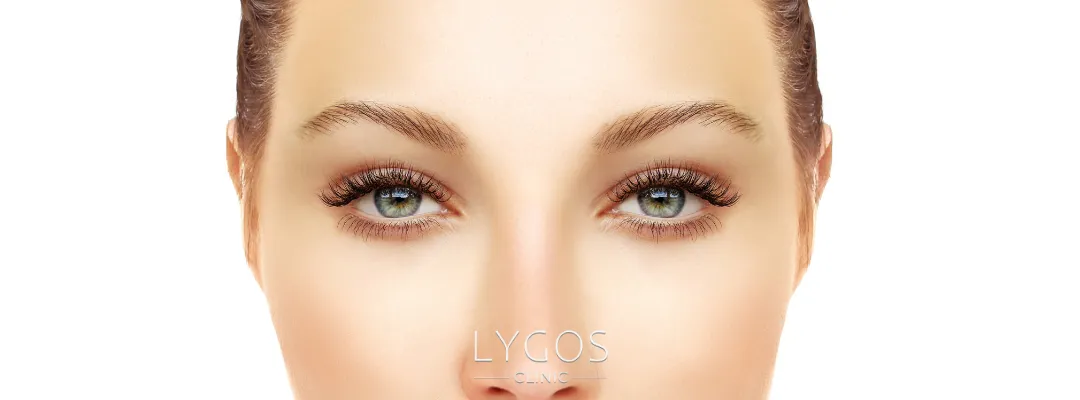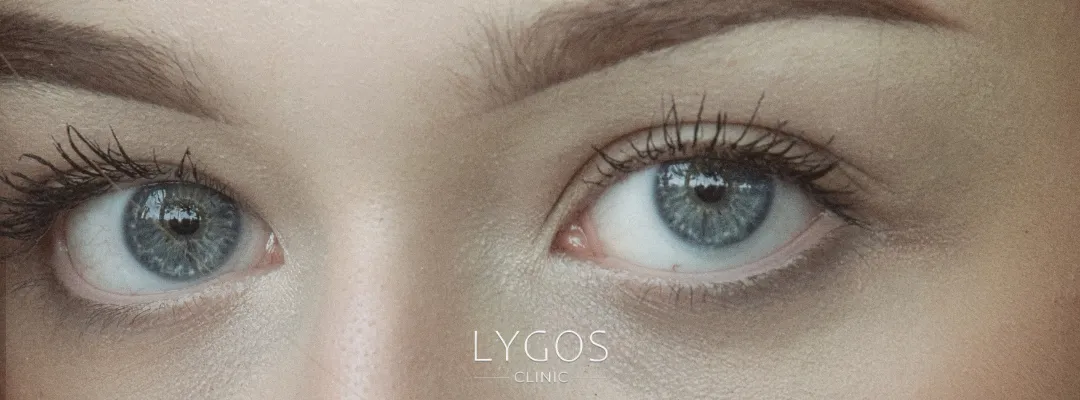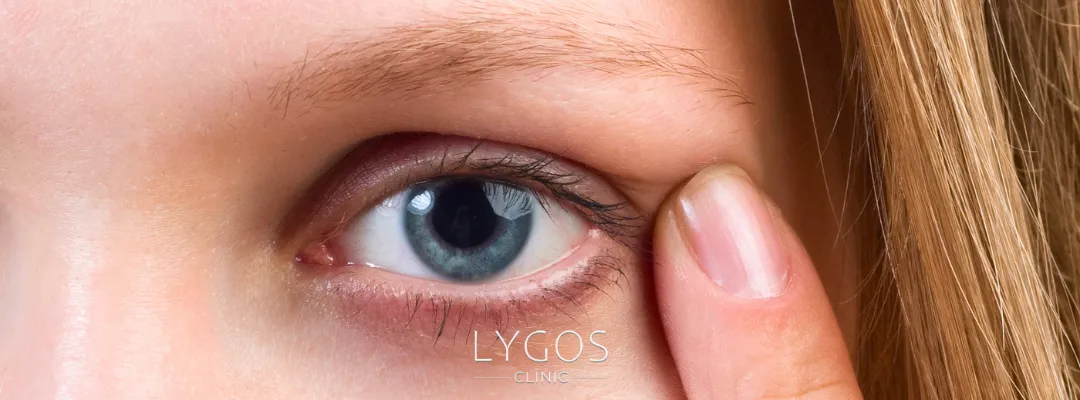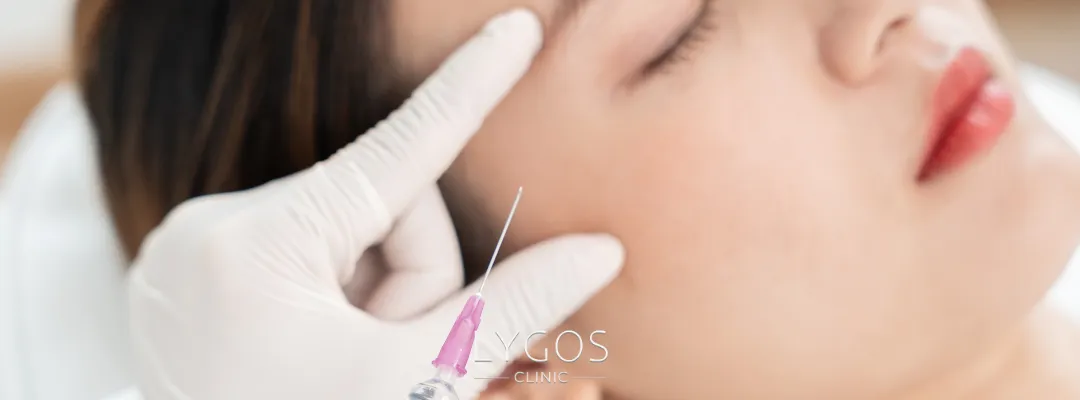What is a Temple Filler? | Medical Aesthetics | LYGOS 2025

What is a Temple Filler?
A temple filler is a non-surgical cosmetic treatment designed to restore volume and improve the contour of the temple area, which can become hollow or sunken over time. Temple fillers, often made from hyaluronic acid or other biocompatible substances, are injected into the temples to achieve a smoother and more youthful look. Temple fillers are increasingly popular as they provide a minimally invasive option to address volume loss and enhance facial harmony.
These fillers provide a non-invasive option for individuals aiming to restore a youthful facial appearance. But what is a temple filler really about? It’s a procedure designed to enhance the face’s overall symmetry by targeting an often-overlooked area. This article explores how temple fillers work, their benefits, and what to expect during the procedure, providing a comprehensive answer to the question: What is a temple filler?
How Temple Fillers Work

Understanding the function of temple fillers is crucial to appreciating their cosmetic benefits. But first, what is a temple filler in terms of its functionality? Temple fillers address the loss of volume in the temples, which is a natural part of the aging process. The procedure begins with cleansing the temple area, and a numbing agent is typically applied to reduce discomfort. Hollow areas in the temples are treated with dermal fillers, which are carefully administered using a fine needle or a cannula.
This method ensures that the filler integrates seamlessly with surrounding tissues, delivering instant and natural-looking results. In addition to restoring volume, temple fillers help refine and enhance facial contours. For anyone asking, “What is a temple filler in practice?”—it is a targeted, effective solution to rejuvenate and balance the facial structure. Over time, the results of temple fillers work to enhance facial aesthetics seamlessly.
Why Temples Matter When It Comes to Facial Beauty

The temples are crucial for preserving facial symmetry and aesthetic balance. But before diving deeper, what is a temple filler in the context of facial harmony? A temple filler addresses the hollowness that disrupts the natural balance of the face. The temples are a crucial part of the face, framing the forehead and contributing to overall facial harmony. Loss of volume in the temples can result in a hollow or aged look, disrupting the natural balance of the face.
This is why temples matter when it comes to facial beauty—they play a vital role in maintaining a youthful and symmetrical look. Hollow temples can make the eyebrows appear droopy, giving the face a tired look. Restoring volume with temple fillers ensures smooth transitions between the forehead, eyes, and cheeks, showcasing the importance of this procedure. So, for anyone wondering, “What is a temple filler doing for facial beauty?”—it’s about restoring what time and other factors take away.
The Beauty Benefits of Temple Fillers on the Face

The benefits of temple fillers extend beyond filling hollows; they also enhance facial beauty. For those asking, “What is a temple filler’s impact?”—the answer lies in its transformative effects on facial aesthetics. Temple fillers rejuvenate the face, softening hollow areas and reducing the signs of aging. Among the beauty benefits of temple fillers on the face is their ability to improve symmetry, which enhances the overall aesthetic appeal.
Another major advantage is that the beauty benefits of temple fillers on the face are noticeable immediately after treatment. For individuals seeking answers to “What is a temple filler good for?”—these fillers provide significant results without surgery or downtime. From improving facial balance to boosting confidence, the beauty benefits of temple fillers on the face are both impactful and transformative.
Why Do We Lose Volume in the Temples?

Understanding why we lose volume in the temples helps explain the importance of treatments like fillers. But what is a temple filler’s role in counteracting this issue? It replaces lost volume caused by natural aging and other factors. As we age, natural changes in the body lead to a loss of fat, collagen, and elasticity in the temple area. A significant cause of a hollow or gaunt appearance is the reduction of volume in the temple area. Bone resorption is another factor in why we lose volume in the temples.
Over time, the skull structure changes, which diminishes the support in this area. Lifestyle choices such as smoking, poor diet, and sun exposure also contribute to why we lose volume in the temples. By addressing these changes, temple fillers restore vitality to the face, answering the question, “What is a temple filler’s role in rejuvenation?”
How to Choose the Right Filler for Your Temples

Choosing the right type of filler for the temple region is vital for achieving the best possible outcome. If you’re asking, “What is a temple filler, and which one is right for me?”—consult with a certified cosmetic professional. They will help you understand how to choose the right filler for your temples based on your facial anatomy and goals.
Hyaluronic acid fillers are a common recommendation for those wondering how to choose the right filler for your temples. These fillers are versatile, natural-looking, and reversible if needed. Alternatives like calcium hydroxylapatite and poly-L-lactic acid fillers provide unique benefits for temple treatments. Discussing these choices with a specialist provides clarity for anyone asking, “What is a temple filler, and how do I select the best one for my needs?”
Potential Risks and Side Effects
It is important to be aware of the potential risks and side effects of temple fillers before undergoing the procedure. But what is a temple filler in terms of safety? Temple fillers are widely recognized as a safe and minimally invasive option with a strong safety record. Nevertheless, mild side effects such as redness, swelling, or bruising at the injection site can sometimes occur. These issues are usually mild and resolve within a few days.
In rare cases, the potential risks and side effects can include infections or allergic reactions. Selecting a skilled and experienced practitioner significantly lowers the likelihood of complications. Understanding the anatomy of the face and following proper aftercare instructions further reduces risks. For anyone concerned, “What is a temple filler’s safety record?”—the answer is reassuringly positive with proper care and expertise.


